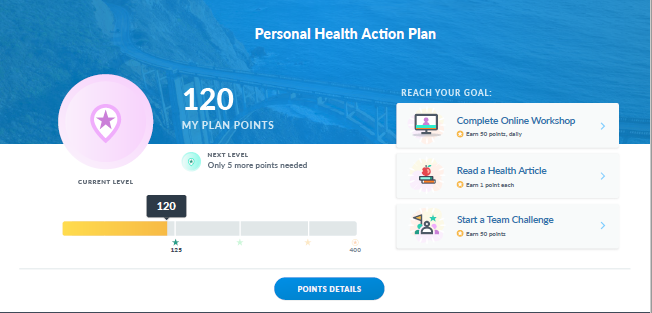Transparency is extremely important to us, so we are letting you know that we may receive a commission on some of links you click on from this page. See our disclaimer.
As wearable technology continues to grow — and as many of us turn to technology to count steps, calories, and more — a key question becomes: Are these devices alone effective in driving individuals towards important health goals? And what roles can (and should) technology play in well-run workplace wellness programs?
A study published last year in the Journal of the American Medical Association sought to dig deeper into the questions. It is titled “Effect of Wearable Technology Combined With a Lifestyle Intervention on Long-term Weight Loss: The IDEA Randomized Clinical Trial.”
The study notes: “Effective long-term treatments are needed to address the obesity epidemic. Numerous wearable technologies specific to physical activity and diet are available, but it is unclear if these are effective at improving weight loss. To test the hypothesis that, compared with a standard behavioral weight loss intervention (standard intervention), a technology-enhanced weight loss intervention (enhanced intervention) would result in greater weight loss.”
The results: “Among young adults with a BMI between 25 and less than 40, the addition of a wearable technology device to a standard behavioral intervention resulted in less weight loss over 24 months. Devices that monitor and provide feedback on physical activity may not offer an advantage over standard behavioral weight loss approaches.”
Instead, a well-run workplace wellness program can integrate useful information from fitness trackers into a more holistic data-driven tech platform.
One example comes from Interactive Health, which recently released “an upgraded, mobile-optimized employee-challenges platform that sparks employee health engagement and amplifies the impact of worksite wellness programs.”
Said Interactive Health President and CEO Cathy Kenworthy: “We work with employers nationwide to address critical healthcare issues within their businesses. With more than 150,000 active participants currently using our Healthy Activities platform, we know what motivates and engages employees. We’ve taken this data and used it to further enhance our platform so that we can provide the most effective means to connect members with their health.”
Being part of a wellness program that includes a supportive community and accountability works best, especially for the individuals with major health risks that need help the most. Interactive Health has found a way to leverage technology with an a engagement platform that includes the virtual community and support needed in order to motivate employees to live healthier lives.
Tech features that help employees achieve camaraderie and support can include group challenges, message boards and leader boards.
Said Interactive Health CIO Tim Hardy: “We’re committed to ongoing investments in innovation because technology powers everything we do.” He commented further on the importance of delivering “a robust, clinically sound and highly targeted wellness journey for each participant.” That means “participants receive communications, recommendations and advice in ways that are most meaningful and beneficial to them.”
Another key area that a robust tech platform — beyond just a fitness tracker — can deliver: Helping improve both emotional and physical health, while teaching employees how one influences the other.
This is especially beneficial as, based on Interactive Health data, more than half of their participants with chronic conditions also have some type of emotional distress.
For example, some challenges like practicing yoga and taking walks each day can alleviate stress. Other key benefits can include real-time access to health coaches.
Other challenges ask people to reflect on how they feel before, during and after workouts. Tracking how they feel can help individuals understand what type of exercise really makes them feel well, and that understanding can act as intrinsic motivator.
The bottom line for participants in a well-run workplace wellness program: Don’t ditch the FitBit, rather use it as one tool in the comprehensive wellness toolbox.





0 Comments